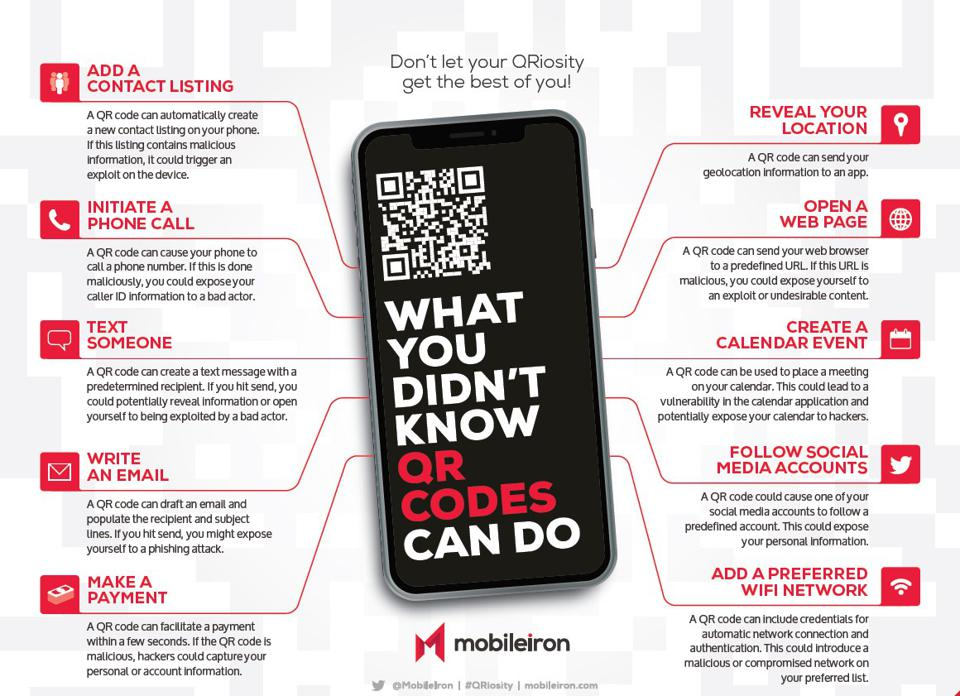71% of Users Can’t Distinguish Malicious QR Codes from Harmless Ones
Cybersecurity experts are warning about the dangers of QR codes, which cybercriminals can exploit in combination with social engineering tactics. These schemes can be used to access users’ online banking accounts, drain victims’ bank balances, install malware, and infiltrate corporate systems.
Experts call QR codes an ideal attack vector because many people trust them and underestimate their potential risks. A study by MobileIron highlights the growing popularity of QR codes as a method of attack. The company surveyed over 2,100 customers and uncovered some interesting details about QR code usage.
For example, 71% of respondents said they cannot tell the difference between a malicious QR code and a harmless one. Nearly 17% reported encountering situations where such codes redirected their mobile devices to suspicious websites.
According to American Express, analysts noted a rise in the popularity of QR codes in 2020. For instance, 27% of surveyed Americans and Britons made transactions using these codes.
The MobileIron team identified ten ways to hack a user’s mobile device using QR codes generated in just seconds. For example, a potential attacker could gain access to your contact list, email, text messages, geolocation, hack your banking account, and much more.
MobileIron believes that QR codes have already become a part of our daily lives, which is why it’s important to be aware of their potential dangers.



